|
About the Gallery Artists Represented Exhibition Archives Gallery Home |
Marsha Mateyka Gallery Exhibition Archive |
|
A Selection of Paintings, Sculpture and Drawings _______________________________________________ L. C. Armstrong Gene Davis Sam Gilliam Jae Ko Stephen Talasnik ____________________________ January 8 - February 8, 2014 Press Release Review |
|
|
L. C. Armstrong 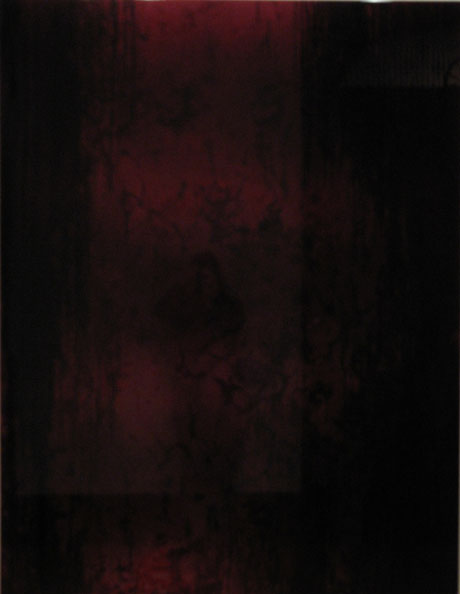 Reflex II, 1992 inks, acrylic, enamel, resin on aluminum 62 x 46 inches Gene Davis 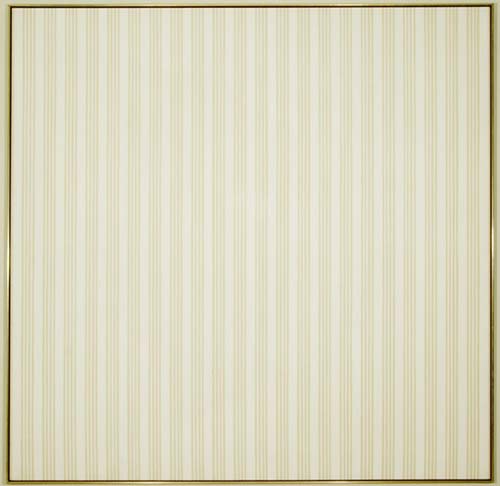 Ice Box (P506), 1969 acrylic on canvas 68.5 x 69 inches 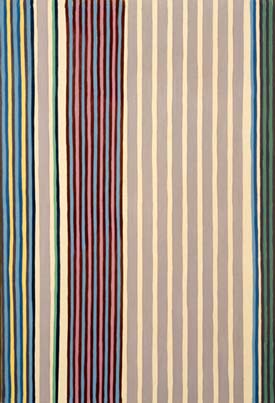 Saturn (P134), 1978 acrylic on canvas 41 x 28.5 inches Sam Gilliam 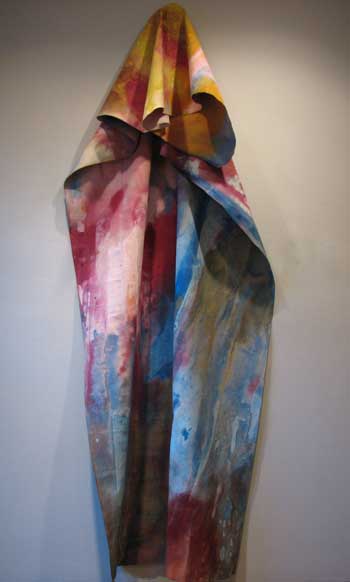 Maya, 1971 acrylic on canvas 92 x 50 x 9 inches  Maya, side view  Station, 1977 acrylic collage on canvas on beveled stretcher, 30 x 30 inches 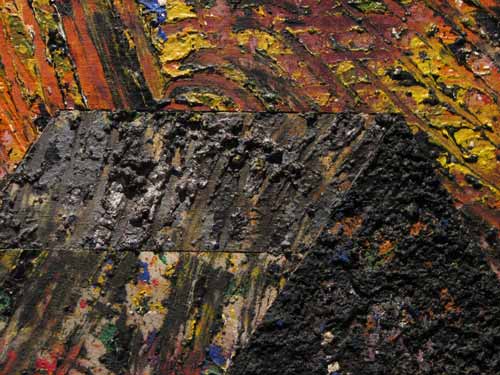 Station, detail Jae Ko 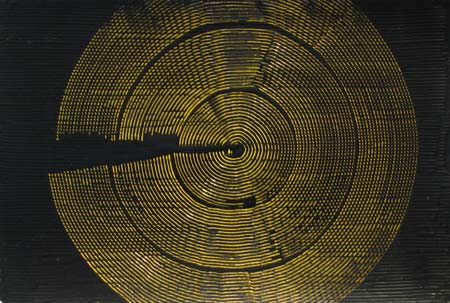 untitled (JKd1), 2011 glue and calligraphy ink on paper 12 x 18 inches / framed 18 x 23.25 inches 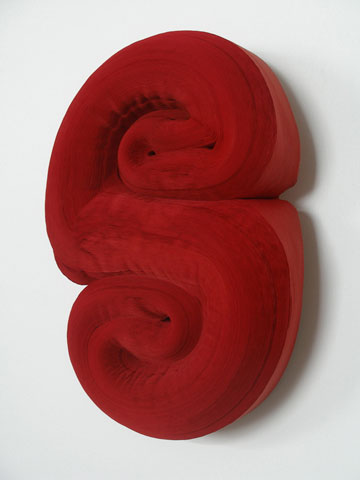 untitled (JK384), 2010 rolled paper and red calligraphy ink, 17 x 11.5 x 5.5 inches  untitled (JK279), 2005 rolled paper and Sumi ink, 12.5 x 14.25 x 5 inches Stephen Talasnik 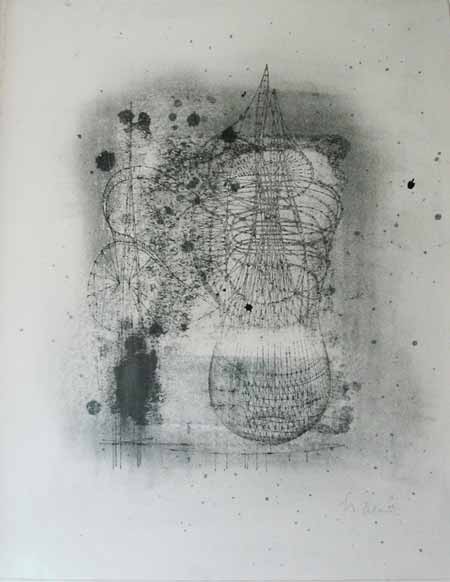 Suspended Tower, 2013 graphite and ink 20 x 15 inches 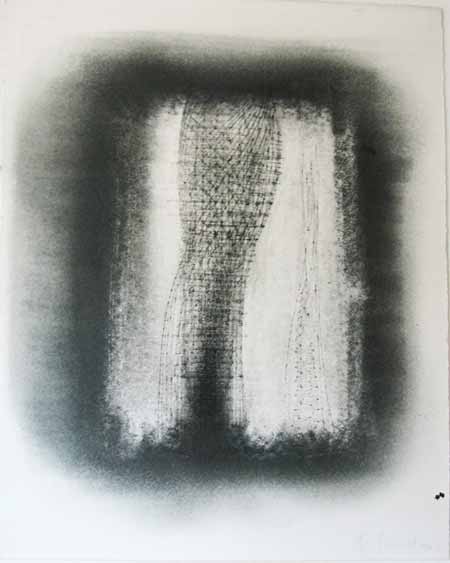 Twisted Tower, 2013 graphite and ink 20 x 15 inches 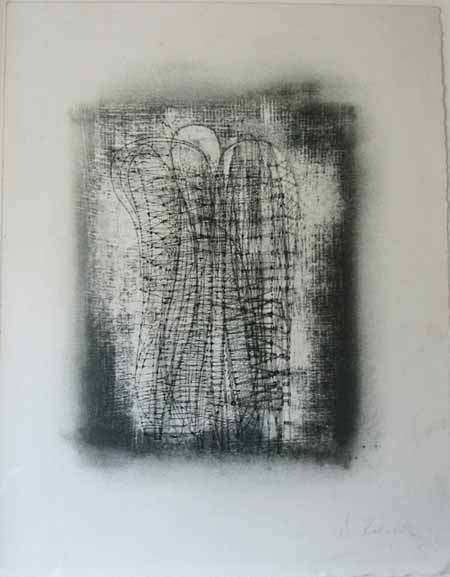 Leaning Towers, 2013 graphite and ink 20 x 15 inches 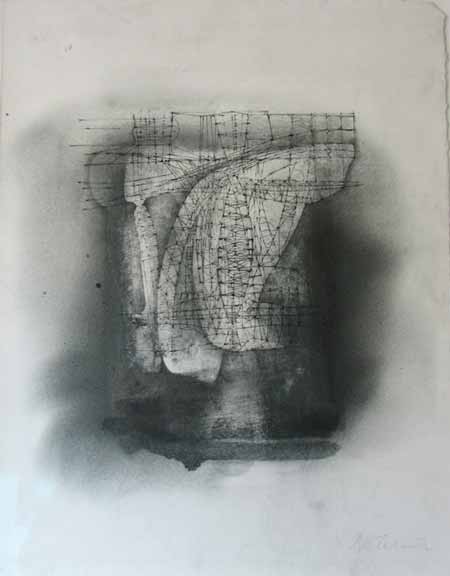 Floating Fortress, 2013 graphite and ink 20 x 15 inches |
